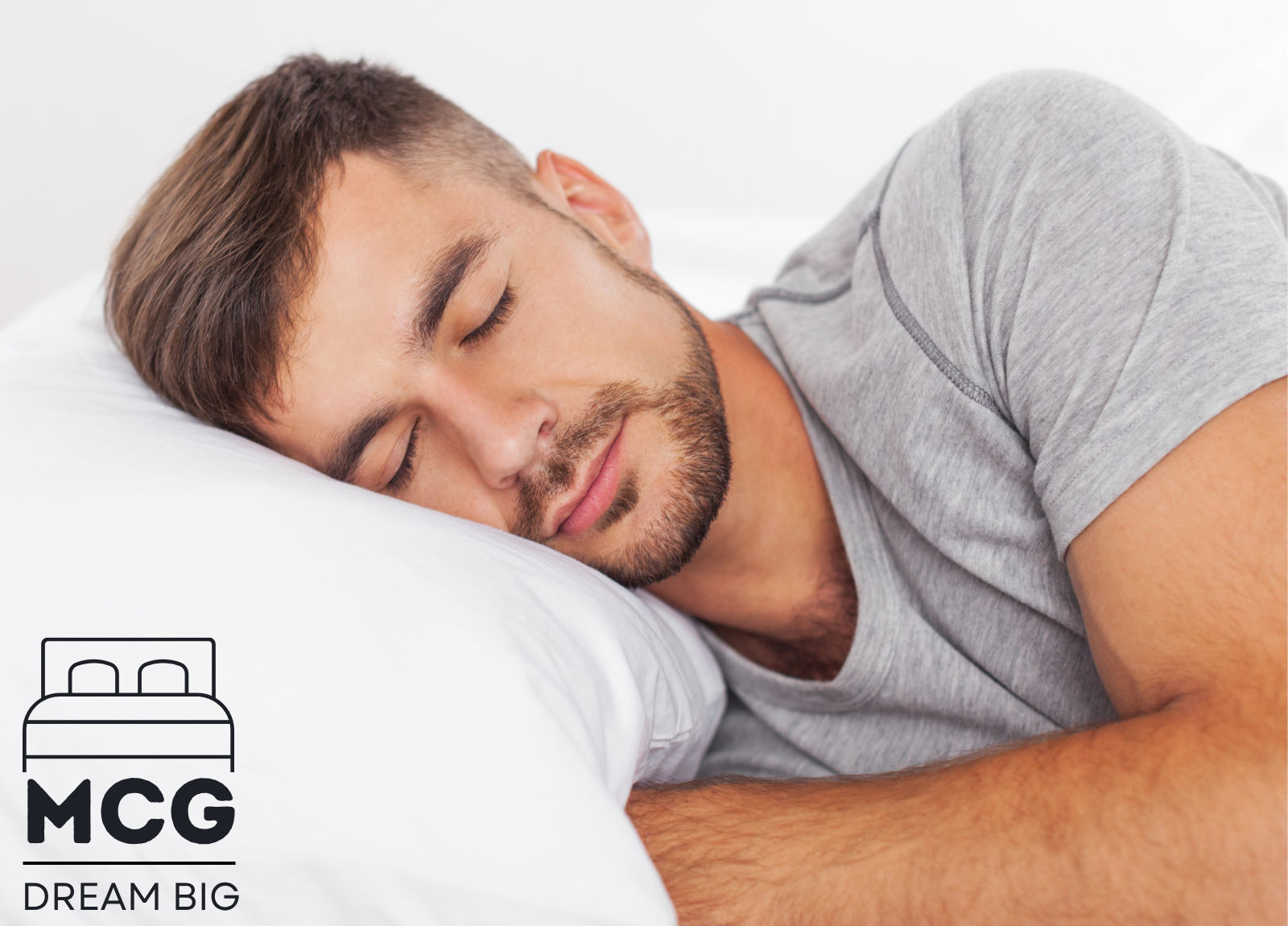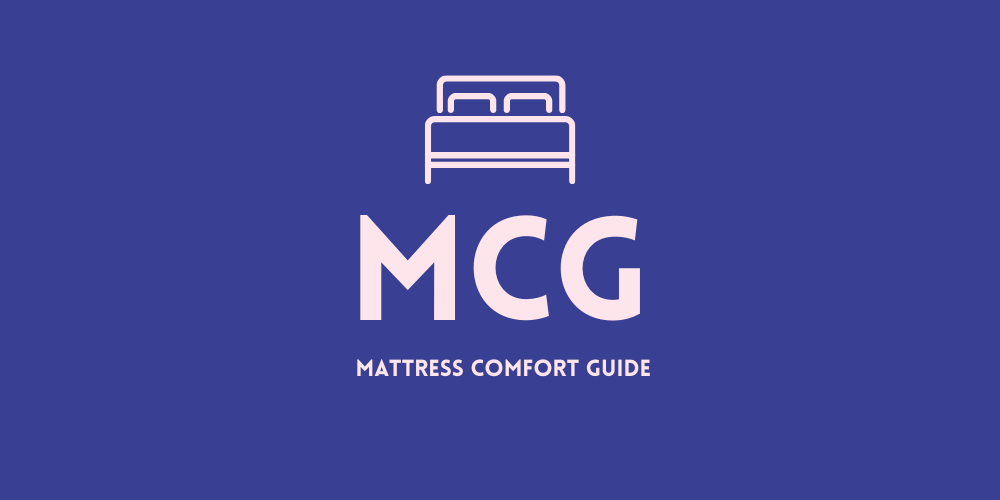
RV mattress moisture is a common complaint in the RV community. Why do RV mattresses get moist so quickly and how do you prevent it? It’s easy. The moisture is caused by the condensation that forms between the warm mattress and the cold bedframe it rests on. The temperature difference between the two causes the formation of tiny water droplets.
Don’t worry. Preventing RV mattress moisture is easy and inexpensive. The simplest tips work the best. All you have to do is air out the mattress, occasionally rotate it, and add some insulation between the bedframe and the mattress. Below we cover everything you need to know.
RV Mattress Moisture
Moisture is an ever-present problem in RVs, motorhomes, campers, and travel trailers. If you’ve ever had the pleasure of staying in an RV you’ll understand how difficult it can be to keep the interior fresh and dry.
And, one of the most difficult things to keep dry is the mattress. No matter how hard you try, moisture just seems to gather around and underneath the RV mattress. It can be very frustrating. But, what causes RV mattress moisture? And, why is it such a persistent problem?
What Causes RV Mattress Moisture?
RV mattress moisture is caused by the formation of condensation that gathers and accumulates while you sleep. Condensation forms when there is moisture in the air and there is a temperature difference between two adjacent surfaces. And, this is exactly what happens when you sleep on an RV mattress.
Temperature Difference
During the night, temperatures fall and typically reach a low point in the early hours. This means the RV vehicle becomes cold. And, the platform the mattress is resting on cools in tandem with the rest of the vehicle. The mattress however remains warm – thanks to body heat.
Our bodies maintain a body temperature of about 97-99 F throughout the night. And, depending on the climate, this may be much higher than the ambient outdoor temperature. This means there is a stark temperature difference between the mattress and the platform it is resting on.
Condensation
When warm moist air in the mattress comes into contact with the cold surface beneath – condensation forms. This happens when the temperature of the bed platform is below the dew point of the air in your RV. Simply put, warm air can hold more moisture than cold air.
So, when the warm air in the mattress meets the cold surface beneath – condensation takes hold and water droplets begin to form on the underside of the mattress. Our bodies warm the air in and around the mattress during the night and create the temperature difference that leads to moisture. This is why RV mattresses are so difficult to keep dry.
How to Prevent RV Mattress Moisture
Now we know why moisture forms – how do you keep an RV mattress dry? No one wants to sleep on a damp and moldy mattress. It’s unhygienic, uncomfortable, and can be easily avoided. Here are our top tips on how to prevent RV mattress moisture.

Air the Mattress
The simplest and most effective way of preventing RV mattress moisture and keeping it dry is to air-put the mattress when not in use. All you need to do is prop it up somewhere on its side so both surfaces get plenty of fresh air exposure. This helps keep the mattress dry and smelling fresh. Even better, if it’s a dry sunny day – put it outside in the fresh air. Let the air breeze and some rays work their magic.
Rotate Mattress
Another great trick is to regularly rotate your RV mattress. Flip it over so the bottom becomes the top and vice versa. This will help keep the mattress dry and prolong its life by delaying sagging and general wear and tear. Bear in mind, not all mattresses can be rotated. Most foam mattresses and traditional innerspring can. But, hybrid mattresses have a dedicated sleeping surface.
Use Insulation
Try using some insulation. RV mattress moisture is caused by the formation of condensation. You can inhibit this process by introducing a layer of insulation between the mattress and the platform it rests on. Cardboard is a cheap and effective material. And, it can be removed and recycled when it begins to show signs of dampness. A couple of sheets of cardboard will do the trick.
Use an Airflow Pad
You can use an airflow pad to create air channels beneath the mattress and maximize airflow. These pads are made from durable plastic and are specially designed to create a thin layer that facilitates airflow beneath the mattress. Airflow pads reduce condensation by allowing warm, humid air to escape the platform surface below the mattress. And, prevent the build up of moisture.
Ventilation Holes
If you want to take your RV mattress ventilation to the next level – you can drill some holes in the platform it’s resting on. That’s assuming it’s safe to drill holes in the bed platform. Most RV neds are made from wooden frames. So, drilling some holes should be straightforward. A series of holes in the bed frame will allow warm air to escape and reduce moisture.
Use Mold Resistant Paint
Our final tip on managing RV mattress moisture is to use some mold-resistant paint. A damp mattress can lead to the formation of mold and mildew. If moisture isn’t caught early, these nasty little microbes begin to form between the mattress and bed frame below.
Once they’re there, they are difficult to shift. A great tip is to add some mold-resistant paint to your bedframe before the problem raises its ugly head. This increases your chances of keeping the bed and mattress clean, dry, and mold-free. Happy days!
Manage Moisture Level in RV
Have you checked the moisture levels in the RV itself? Another effective way of reducing RV mattress moisture is by monitoring and managing air humidity levels in the trailer. The air inside the vehicle can become very humid, especially if you’re cooking and preparing food.
By reducing the moisture content in the air you’ll take a big step towards keeping everything on the inside dry. You should aim for a humidity level of 30-50%. Keeping windows open is an effective way of reducing air moisture levels. And, if you can get your hands on an electric dehumidifier – even better!
READ NEXT
How to Prevent RV Mattress Mold
How Often Should You Replace an RV Mattress?
Top 10 Most Comfortable Mattress
How to Get Blood Stain Out of Mattress
ABOUT THE AUTHOR
SARAH FOY – Mattress Expert
Sarah joined the MCG team in the summer of 2021. She is our in-house foam mattress expert. Whether it’s memory foam, latex foam, or straightforward polyfoam – she has you covered. Sarah has a particular passion for the unique body contouring effects and soft cradling support of latex and memory foam mattresses.
She has over 15 years of experience in the bedding, furniture, and textile industries. Sarah is a native of Arizona where she graduated from Northern Arizona University in the mid-noughties. When she’s not in the office she likes to tend to her apple tree orchard in Flagstaff where she lives with her husband and two daughters.
